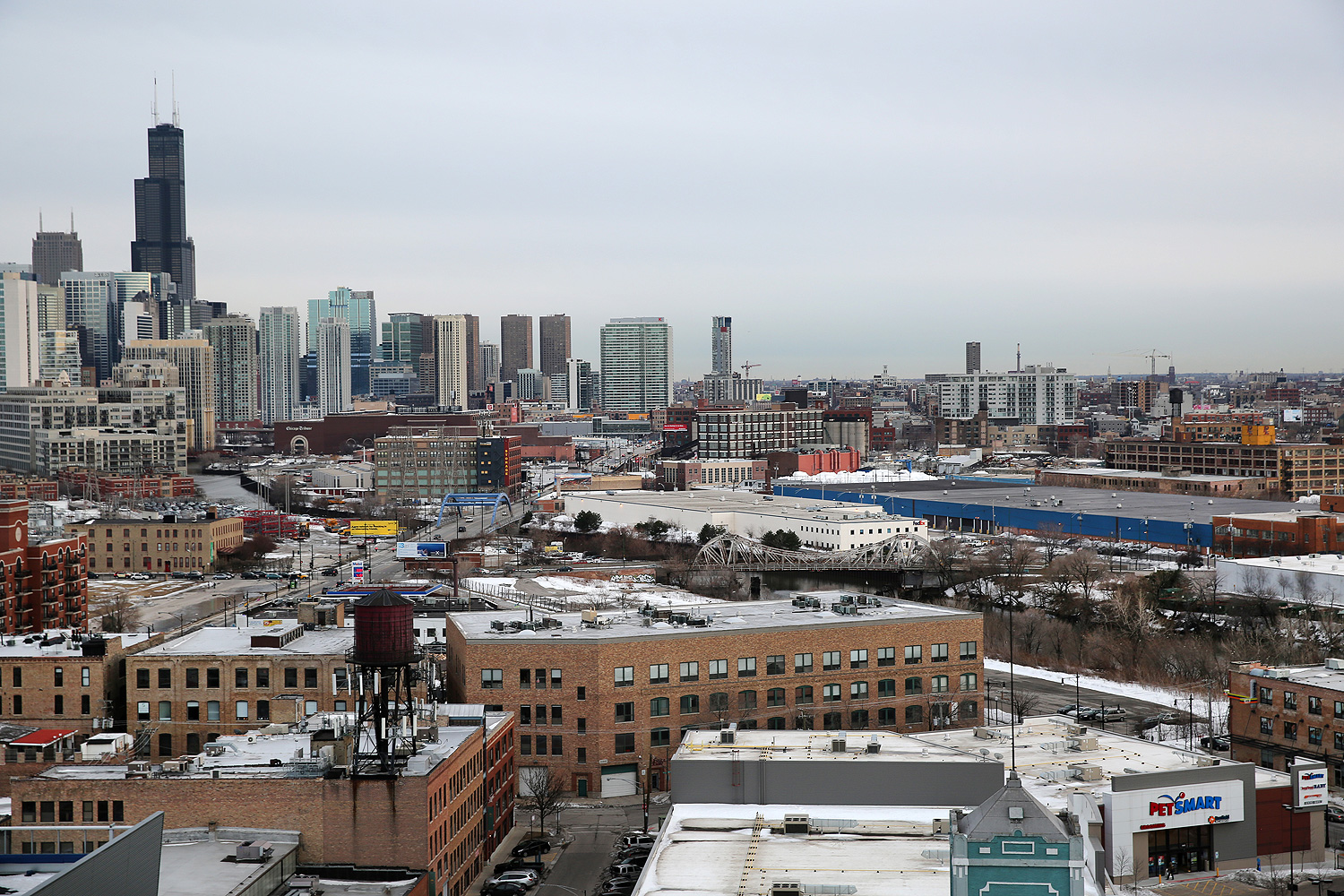The old Republic Windows and Doors factory on Goose Island is being talked about as a possible location for Chicago's new digital manufacturing hub. It's resonant, not just because a place that made things would be replaced by a place that changes how things are made, but because Republic was an example of a disastrous manufacturing subsidy—$10 million public dollars thrown towards 549 manufacturing jobs with barely any oversight.
The digital manufacturing hub, by contrast, will directly create 50-70 jobs, at least $1 million per job, just from the Department of Defense's contribution alone.
And this is the direction public subsidies are going, away from traditional manufacturing and into digital, as a vast investigation into subsidization by the New York Times found:
The nature of the credits has also changed. New ones are geared toward attracting technology and green energy companies, but it is hard to know whether 15 years down the road they will thrive or wind up stumbling like the automakers. And many modern companies, like those in digital technology, can easily pack up and leave.
“I don’t see anything that suggests that Twitter and Facebook are better bets in the long run,” said Laura A. Reese, the director of the Global Urban Studies Program at Michigan State University. Ms. Reese advises local governments to invest in residents through education and training rather than in companies where “it’s hard to pick winners.”
Cities are betting on high technology—Tulsa sees our cute little library maker labs and raises us a publicly owned supercomputer. The effect goes beyond mere direct tech subsidies. The mayor hasn't been shy about using bike lanes as a pitch to tech-industry workers, part of an approach that Aaron Renn describes as "gentry liberalism": "increased spending on amenities and subsidies targeted at the elite, accompanied by painful cuts in basic public services for the poor and middle class."
It's less picking winners than picking the people who already winning, which raises the question of what the rationale is. And you can trace at least some of it back, I think, to the work of Enrico Morelli, a Berkeley economist whose The New Geography of Jobs I just finished. If there's a key graph in the book, it's this:
All parts of the traded sector have a multiplier effect, but innovation has the largest. My analysis indicates that attracting one job in manufacturing generates 1.6 additional local service jobs—less than a third of the corresponding figure for high tech [he calculates that one high-tech job results in five additonal jobs]…. Take a city like Seattle. Although a manufacturing company like Boeing has twice as many jobs in Seattle as Microsoft does, it ultimately creates fewer jobs.
By Moretti's calculations, Apple employs 12,000 people in Cupertino, leading to the creation of 60,000 jobs—36,000 unskilled, 24,000 skilled—in the metro area. And he extends that argument further. Those additional jobs, be they in law or restaurants, pay more than in other places. Moretti notes that the salaries of high-school graduates correlate with the percentage of college graduates: "The earnings of a worker with a high-school education rise by about 7 percent as the share of college graduates in his city increases by 10 percent."
Targeting subsidies towards a handful of elite jobs logically follows from Moretti's theory: "In essence, a city stuck in a poverty trap faces the same challenge. It is trapped by its past. The only way to move a city from a bad equilibrium to a good one is with a big push: a coordinated policy that breaks the impasse and simultaneously brings skilled workers, employers, and specialized business services to a new location."
One theme that recurs over and over in coverage of Chicago is the divergence between its increasing wealth and ongoing poverty. When David Brooks asked the mayor about this, as my colleague Carol Felsenthal noted, Emanuel responded: "if the downtown is not doing well, the neighborhoods won’t do well, and if the neighborhoods are not doing well, it doesn’t matter what’s going on downtown." It stems from this logic, which explains a lot about current public policy. It's a logic that doesn't ignore inequality, but it does tend to accept it, in the hopes that attracting a few stars into a city will raise the tides a bit.





Comments are closed.